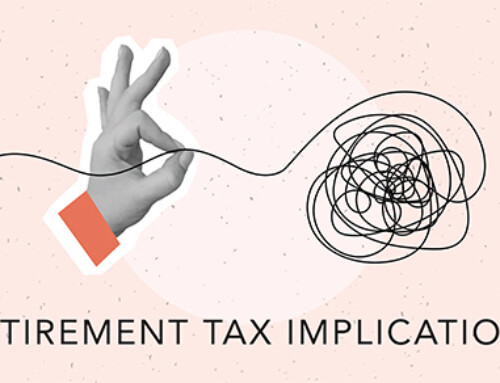With the new year upon us, it’s time to start thinking about 2014 retirement plan contributions. Contributing the maximum you’re allowed to an employer-sponsored defined contribution plan is likely a smart move:
- Contributions are typically pretax.
- Plan assets can grow tax-deferred — meaning you pay no income tax until you take distributions.
- Your employer may match some or all of your contributions pretax.
Also consider contributing to a traditional IRA. If you participate in an employer-sponsored plan, your IRA deduction may be reduced or eliminated, depending on your income. But you can still benefit from tax-deferred growth. Consider your Roth options as well. Contributions aren’t pretax, but qualified distributions are tax-free.
Retirement plan contribution limits generally aren’t going up in 2014, but consider contributing more this year if you’re not already making the maximum contribution. And if you are already maxing out your contributions but you’ll turn age 50 in 2014, you can put away more this year by making “catch-up” contributions.
|
Type of contribution |
2014 limit |
| Elective deferrals to 401(k), 403(b), 457(b)(2) and 457(c)(1) plans |
$17,500 |
| Contributions to SIMPLEs |
$12,000 |
| Contributions to IRAs |
$5,500 |
| Catch-up contributions to 401(k), 403(b), 457(b)(2) and 457(c)(1) plans |
$5,500 |
| Catch-up contributions to SIMPLEs |
$2,500 |
| Catch-up contributions to IRAs |
$1,000 |
For more ideas on making the most of tax-advantaged retirement-savings options in 2014, please contact us.





